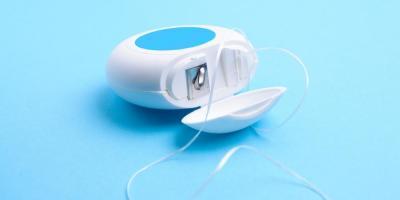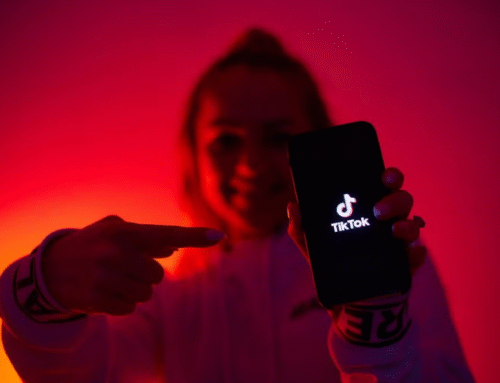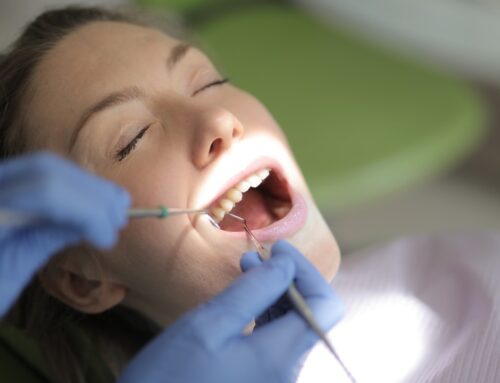
A large percentage of dental patients do not floss on a regular basis, according to a 2017 survey conducted by the American Dental Association (ADA) and Waterpik. Results showed that only 16% of adults floss daily. As much as we love our Icard & Strein Family Dentistry patients, we don’t want to see you for damage caused by not flossing.
The benefits of flossing have a significant impact on your overall good oral hygiene. Patients who do not floss are at risk for periodontal disease, tooth decay, bad breath, and other oral health concerns. Tooth brushing alone does not remove the plaque that forms on our teeth. The plaque that remains eventually hardens and becomes tartar, which causes the diseases listed above.
Our patients often come to us with questions about flossing and proper technique, so we have answered them here to hopefully help you get on the right track to health teeth and gums.
How Many Times Per Day Do I Need to Floss?
The ADA recommends you floss your teeth once per day. The good news is, is that it doesn’t matter what time of day you floss. Most patients choose to floss before brushing their teeth at bedtime, however, if you find that you’re too tired in the evening, try flossing in the morning instead.
Should I Floss before or after Brushing My Teeth?
You can floss before or after you brush your teeth. Just as long as you floss at least once daily. The most important thing about flossing is that you floss!
How Do I Floss Correctly?
Take an 18-inch piece of floss and wind the ends around your middle fingers. With your thumb and index finger, grab the floss and use the fingers to guide it in between your teeth. Now, this is the part where most people don’t floss correctly. It’s not enough to just go up and down between the teeth. That might remove food stuck in your teeth, but it won’t get it all.
Slide the floss along both sides of the teeth and gently guide the floss just below the gum line in a “c” shape to get any hard-to-get plaque. Repeat with all of your teeth and you’re done!
What if I’m Too Lazy to Floss?
Well, then let’s help you create a habit of flossing! By not flossing, you put yourself at risk for a number of periodontal diseases as mentioned above. It’s easy to make a daily habit out of flossing, and it only takes a couple of minutes to floss.
Try setting a trigger to remind you to floss. As an example, when the first commercial break comes on your evening program, take that as a cue to floss. Or, you can floss right after you brush your teeth.
What If I Can’t Reach the Back of My Mouth?
It’s not uncommon for some patients with small mouths to find it impossible to reach their back teeth. In this case, we recommend that patients use a floss holder. It sort of looks like a razor without a blade. In place of the blade is a strip of floss. The long handle allows those who cannot reach easily into the backs of their mouths to a method of doing so.
What Kind of Floss Should I Use?
The most common types of dental floss on the market are nylon floss and single filament (PTFE) floss.
Nylon floss is composed of several strands of nylon and comes waxed or non-waxed. Because it is made up of several fibers, it has more of a tendency to shred while flossing. It is less expensive than PTFE floss.
PTFE floss costs a bit more than nylon floss, but it is stronger thanks to its single strand, which makes it virtually shred-proof. Either type of floss is perfectly fine to use. Just look for one that is ADA-approved.
My Teeth Are Spaced Close together and I Can’t Fit the Floss in between Them. What do I do?
This is where the PTFE floss comes in handy. Nylon floss tends to be thicker, thanks to the multiple strands, whereas PTFE floss is flat and slides in between tightly-spaced teeth more easily.
Is it Bad When I Use “unusual objects” to “floss” when I’m without floss?
We’ve all been there. We’re out eating at a restaurant, far, far away from our floss at home and a piece of food gets stuck in our teeth. Even your tongue can’t manage to wiggle it out. So you use your fingernail or a fork, or a business card to get it out, right? Wrong. While these items may seem convenient substitutes for floss, they can actually cause damage to your teeth.
The better options are to carry a small travel-sized floss or toothpicks with you. These are both safe options for cleaning between your teeth in your teeth on the go.
Should I be Concerned if My Gums are Bleeding after Flossing?
If it’s been a while since you’ve flossed, it’s likely that you will have some bleeding. This happens due to trapped bacteria that has caused inflammation. Flossing irritates the inflamed gums, causing them to bleed. The bleeding can last anywhere from one to two weeks. However, if it persists beyond that time, please schedule an appointment with Dr. Icard or Dr. Strein so they can determine the cause.
Our Harrisburg NC Dentist Office
To learn more about professional whitening treatments from Icard & Strein Family Dentistry, or to schedule an appointment, call our Harrisburg, NC dental office today at 704.455.5003.



